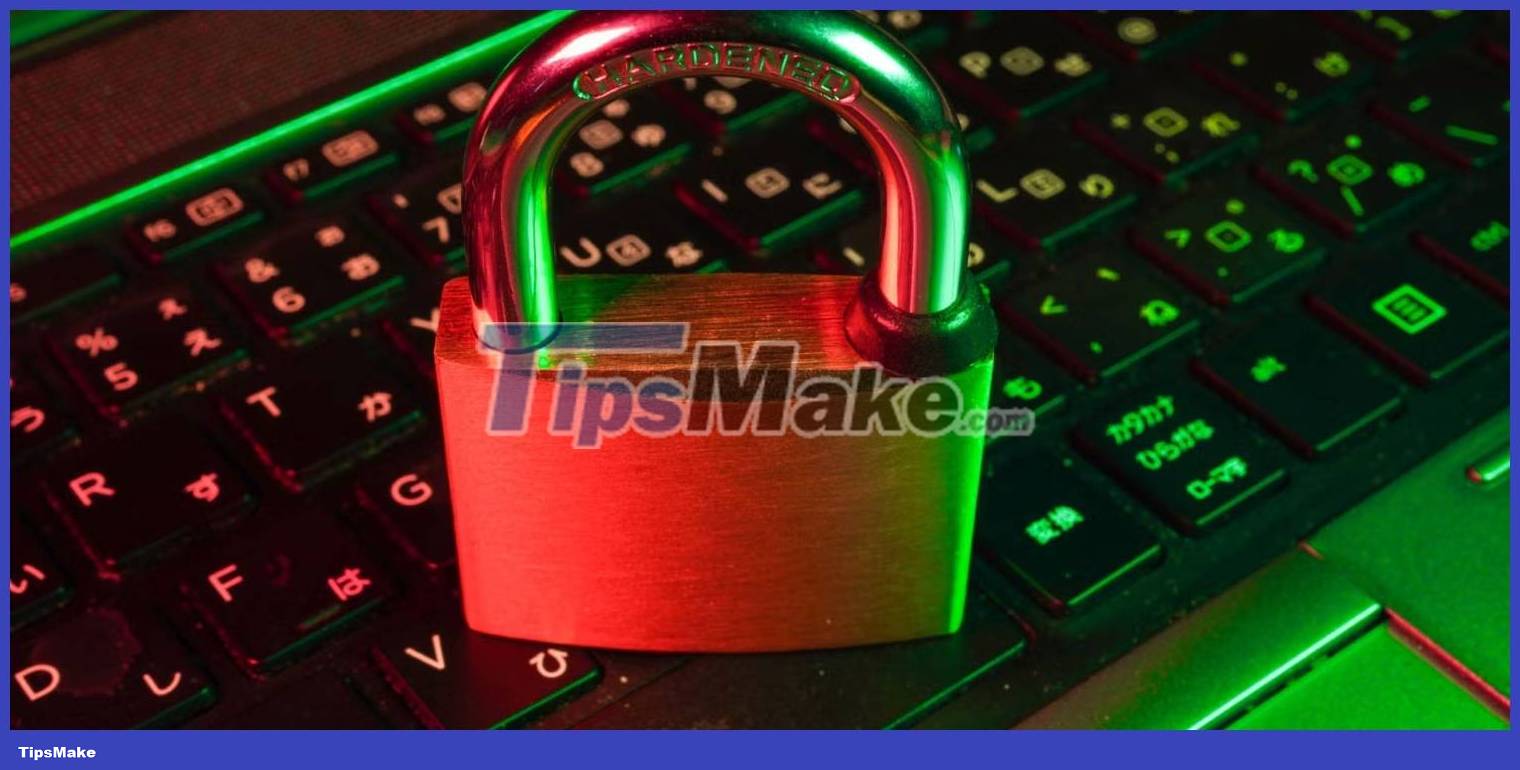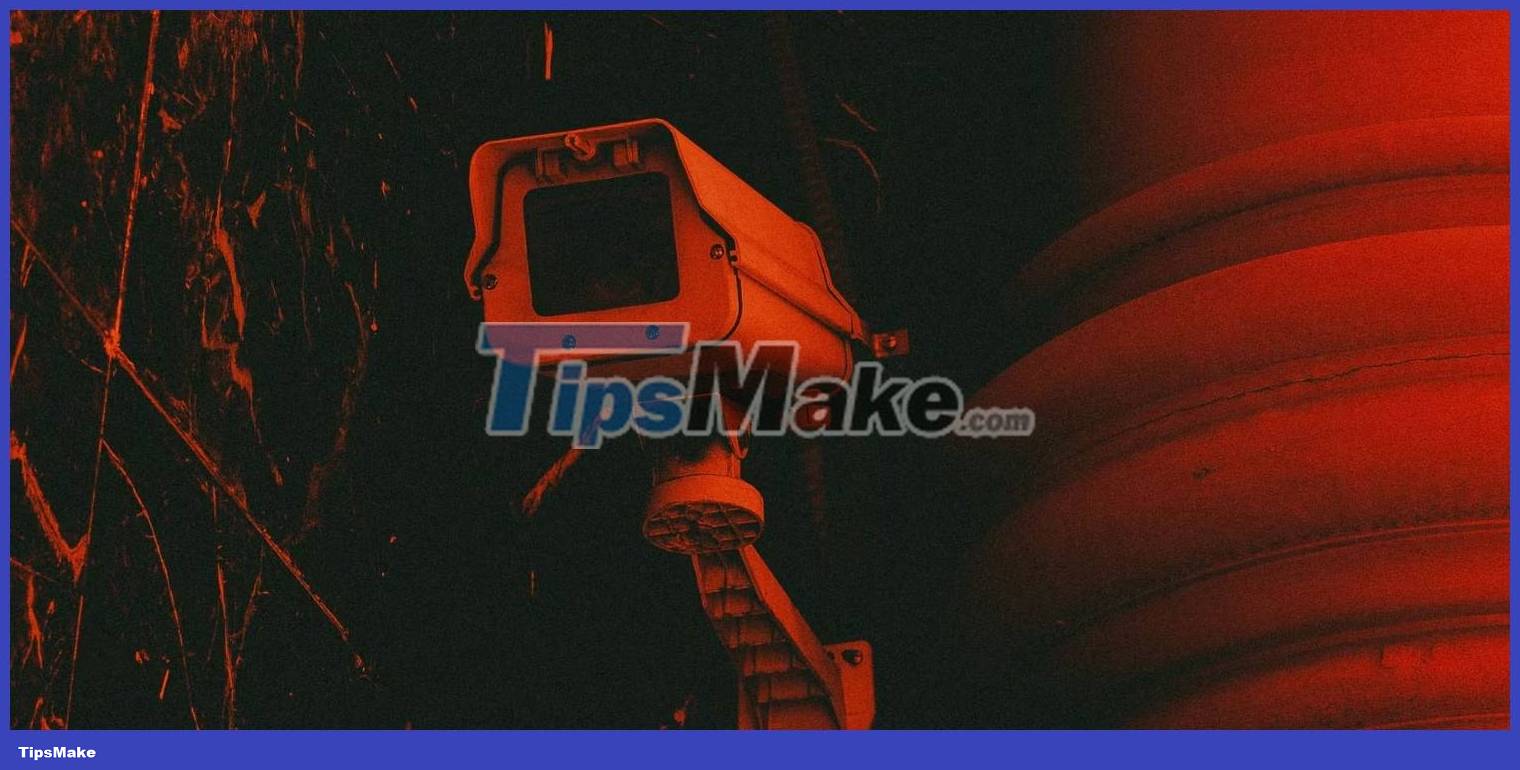What is ZoomEye? How is it useful for cybersecurity?
Imagine a search engine like Google, but instead of website content, it shows you the technology that runs that content. ZoomEye can provide this.
For the average user, this information will be of no value. However, for those in the field of cybersecurity, that information can be used to search for possible vulnerabilities in the system, which can then be patched before any hackers Any malicious person finds them.
So what exactly is ZoomEye? How does it work and how is it useful for your cybersecurity?
What is ZoomEye?

ZoomEye is a freemium monitoring platform that cybersecurity professionals, researchers, and organizations can use to gather detailed information about available services and Internet-connected devices, evaluating security. them and identify potential vulnerabilities.
While various monitoring tools, such as Nmap and Masscan, can provide deeper analysis of a certain range of IP addresses and their ports, ZoomEye is a broader tool that offers A better overview of the overall landscape of exposed cyberspace.
How does ZoomEye work?

With ZoomEye, cybersecurity professionals can search and browse databases that index IPv4, IPv6 domain databases and display websites on the Internet. Because cyberspace is a vast and ever-growing network, ZoomEye relies on survey nodes spread around the world to effectively scan a portion of cyberspace.
To break it down, ZoomEye works in four phases: Scanning, Banner grabbing, indexing, and search and query.
- Scanning : ZoomEye uses survey nodes located globally to scan open service ports and Internet-connected devices.
- Banner grabbing : After verifying the existence of a service or device, ZoomEye will collect the banner information of the port running the specific service. Banner information can include detailed information about the service, such as a list of running ports, the utilities it uses, the versions of those utilities, what hardware the service is running on, and its characteristics. other identification
- Indexing : The data collected from the Banner grabbing phase will then be stored and indexed in ZoomEye's database.
- Search and Query : The database is then connected to the ZoomEye API, where users can search and query any information stored on the ZoomEye database. Users can search for keywords and apply filters to find specific types of devices or services.
ZoomEye charges various fees if users want to access additional types of data. For example, if you want to monitor 50 IP addresses monthly, it will cost you 70 USD. If you want to monitor 250 IP addresses monthly, the cost will be $140. You can access 10,000 monthly results for free or get an additional 20,000 results for $70 monthly.
How useful is ZoomEye for cybersecurity?

Given the scope of data that ZoomEye and similar monitoring platforms can deliver, malicious actors can abuse the platform. However, hiding vulnerable networks does nothing to protect them from hackers. Instead, platforms like ZoomEye expose these networks publicly so people can check their networks and devices for any weaknesses that hackers could exploit.
So how exactly does ZoomEye help create a safer cyberspace?
- External visibility : Having vulnerable networks and devices on platforms like ZoomEye can help alert the community as well as owners to weaknesses in their systems. Larger organizations can use ZoomEye to better see their digital presence from an outsider's perspective.
- Identify devices : Configuring and inventorying all devices connected to the network can be easy when the network is small. However, for larger networks, such as those used in government and other organizations, monitoring may not be possible. The ability to externally inspect possible loose spots such as webcams, repeaters, and IoT devices can help cybersecurity staff identify those assets and take control of them.
- Vulnerability assessment : ZoomEye can help identify potential vulnerabilities and misconfigurations in the network. While cybersecurity staff can perform vulnerability assessments, reconnaissance platforms like ZoomEye can reveal overlooked issues, such as open ports, outdated software, or insecure configurations. .
- Third-party risk management : ZoomEye allows you to audit the security of third-party vendors and partners connected to your business. After ensuring your systems are secure, auditing your partner network through ZoomEye and similar platforms can help you alert them to any issues related to their security.
- Research and threat intelligence : Cybersecurity professionals can use ZoomEye to see what types of technology are commonly used, emerging threats, and research potential attack vectors.
Possible dangers with ZoomEye

ZoomEye is a freemium online tool that helps support cybersecurity in the areas of monitoring and threat assessment. However, like any tool available for people to use, ZoomEye can be abused by hackers and used in many different types of surveillance attacks.
With the amount of information that can be received from ZoomEye, hackers can gain unauthorized access to devices on the network, install malware, disrupt services and steal sensitive data that can be used for all kinds of nefarious activities.
Furthermore, skilled hackers can automate the process by continuously scanning through ZoomEye and integrating the information obtained into their toolkit to try and gain unauthorized access to every possible network.
Should we be concerned about ZoomEye?

With ZoomEye potentially being abused by hackers to locate possible targets, it's understandable that people are afraid of ZoomEye. However, you must remember that all datasets on the ZoomEye database are publicly available. ZoomEye is simply a giant port scanner that indexes websites, services, and connected devices on the Internet.
With or without ZoomEye or similar platforms, if your network is vulnerable, hackers can always find a way to find and attack your system. It's true that ZoomEye can help hackers locate vulnerable systems more easily. But that's really not the problem. The real problem is that the network is located somewhere that is vulnerable to attack and the owner has not properly secured the network.
ZoomEye can be useful for both sides. Hackers can always find a vulnerable network if they try hard, but on the other hand, people with no experience in cybersecurity can use this tool and see if their network is exposed. or not.
You should read it
- How to chat typeface in Facebook Messenger
- How to combine photos in Photoshop from 2 different images
- Instructions for iOS 11.3 official update to turn off the iPhone slowing feature
- Acer has released the first three Core i3 laptops in Vietnam
- Manage the default UNIX license with adduser and umask
- Symantec is not under pressure to abandon the warning website Bkav
- How much does the flower pistil cost? Where to buy quality assurance?
- How to Start Windows 8 in Safe Mode
May be interested
- 4 reasons Dolby Atmos is better than DTS:X
 while you're wondering whether a 5.1 or 7.1 surround sound system is a better investment, some basic technology can dramatically change your experience.
while you're wondering whether a 5.1 or 7.1 surround sound system is a better investment, some basic technology can dramatically change your experience. - How to measure SpO2 (blood oxygen concentration) on Apple Watch
 the blood oxygen app allows you to measure blood oxygen levels using your apple watch, providing more detailed information about your general health.
the blood oxygen app allows you to measure blood oxygen levels using your apple watch, providing more detailed information about your general health. - The simplest way to delete applications on your computer
 join tipsmake to discover the simplest and most common ways to delete applications on computers today.
join tipsmake to discover the simplest and most common ways to delete applications on computers today. - Instructions on how to clean mouse pads at home in the simplest way
 most mouse pads are made of rubber, textile, and foam, so they are difficult to clean. join tipsmake to learn how to effectively clean mouse pads right in this article.
most mouse pads are made of rubber, textile, and foam, so they are difficult to clean. join tipsmake to learn how to effectively clean mouse pads right in this article. - 1 GB equals how many MB? How to change data when using.
 gb and mb are quite familiar measurement terms that we often see when using the internet. so you know the difference between these two units of measurement.
gb and mb are quite familiar measurement terms that we often see when using the internet. so you know the difference between these two units of measurement. - How to see if your computer's bits are 32 bit or 64 bit?
 if you don't know how to see if your computer's bit is 32 bit or 64 bit, let huy khang pc help you.
if you don't know how to see if your computer's bit is 32 bit or 64 bit, let huy khang pc help you.






 14 violations of cybersecurity are easy, since 1.1.2019
14 violations of cybersecurity are easy, since 1.1.2019 ESET Cybersecurity security software for Mac
ESET Cybersecurity security software for Mac What is Security as a Service?
What is Security as a Service? Are viruses still a threat to cybersecurity?
Are viruses still a threat to cybersecurity? What is this year's annual cyber security report?
What is this year's annual cyber security report?